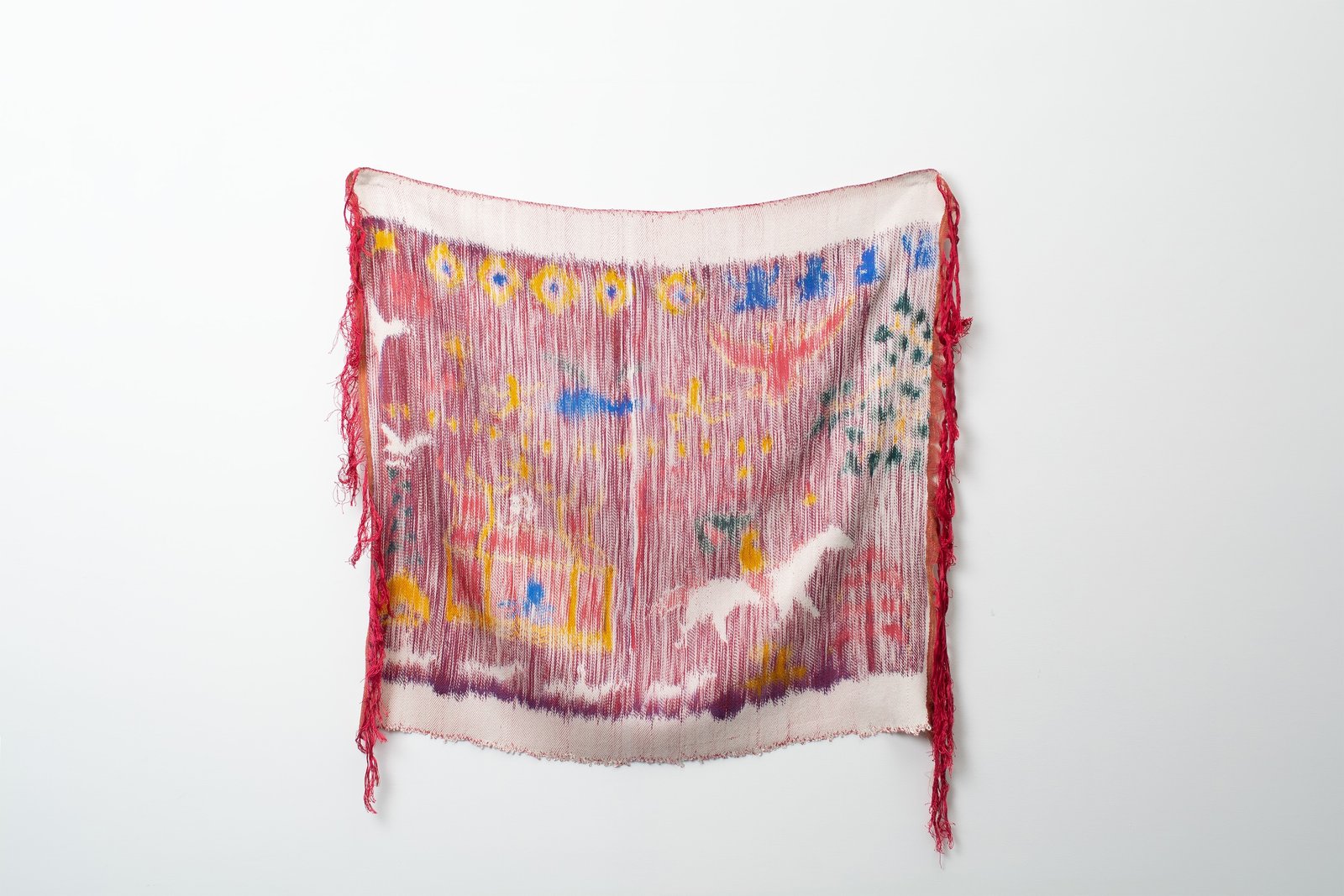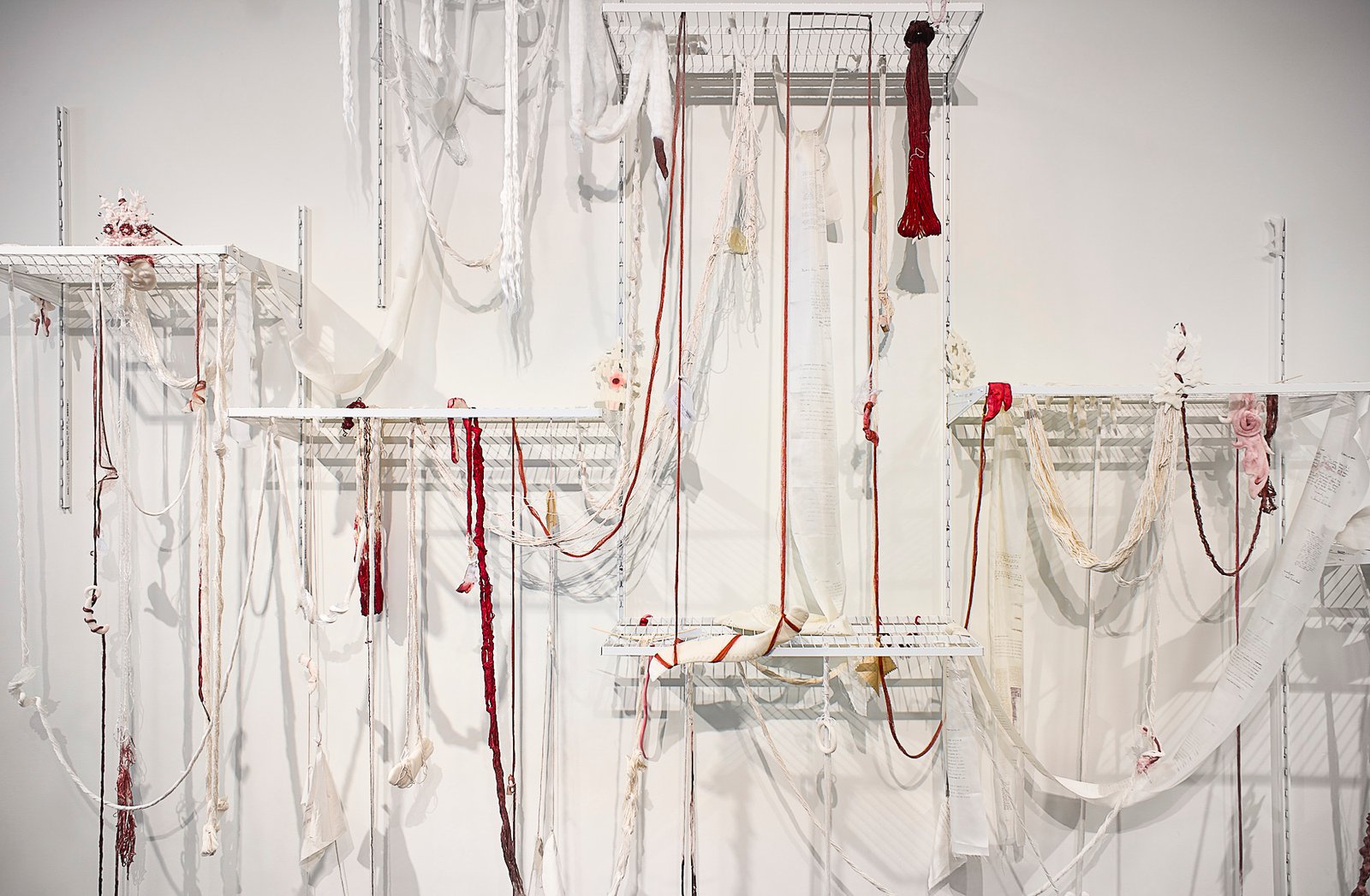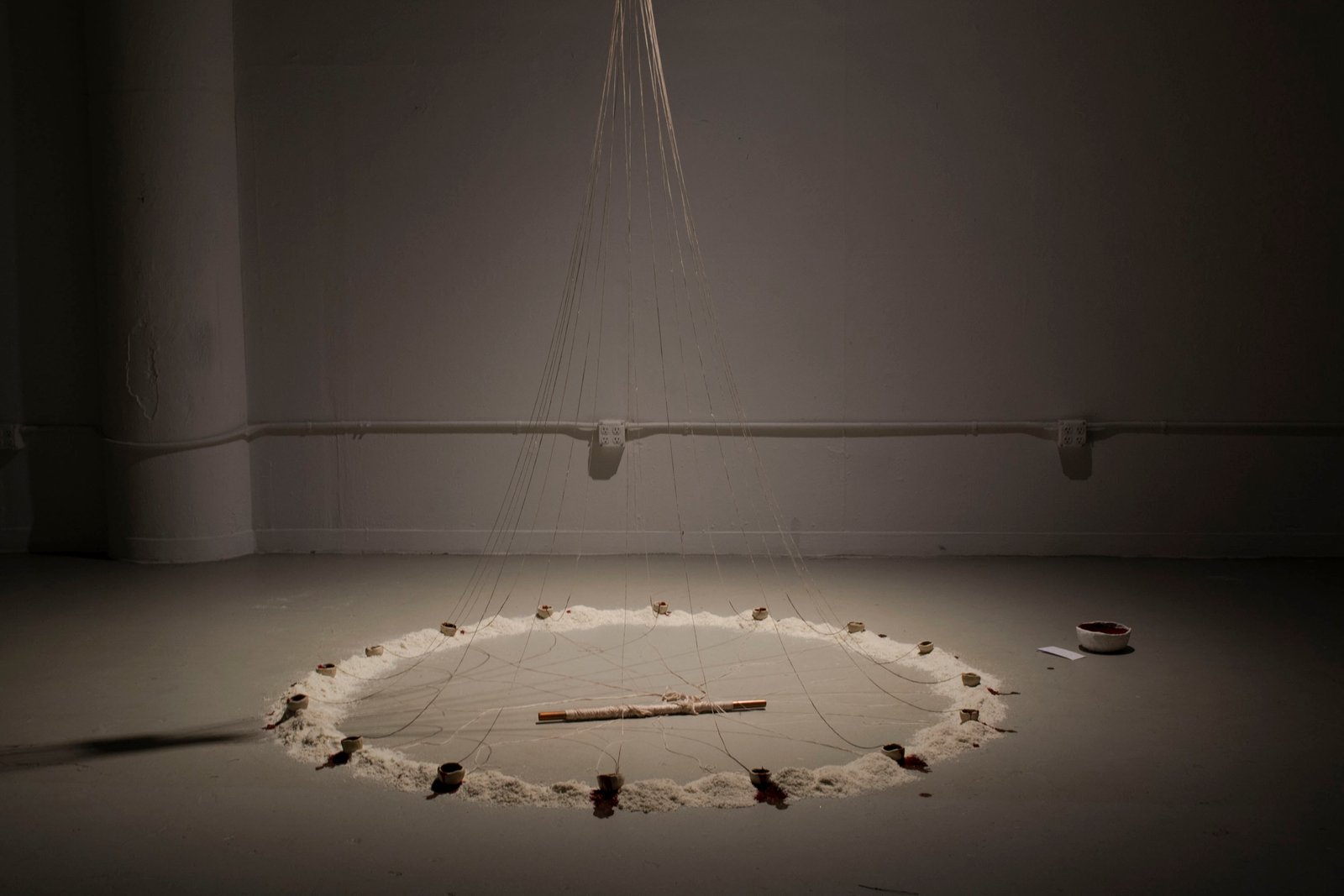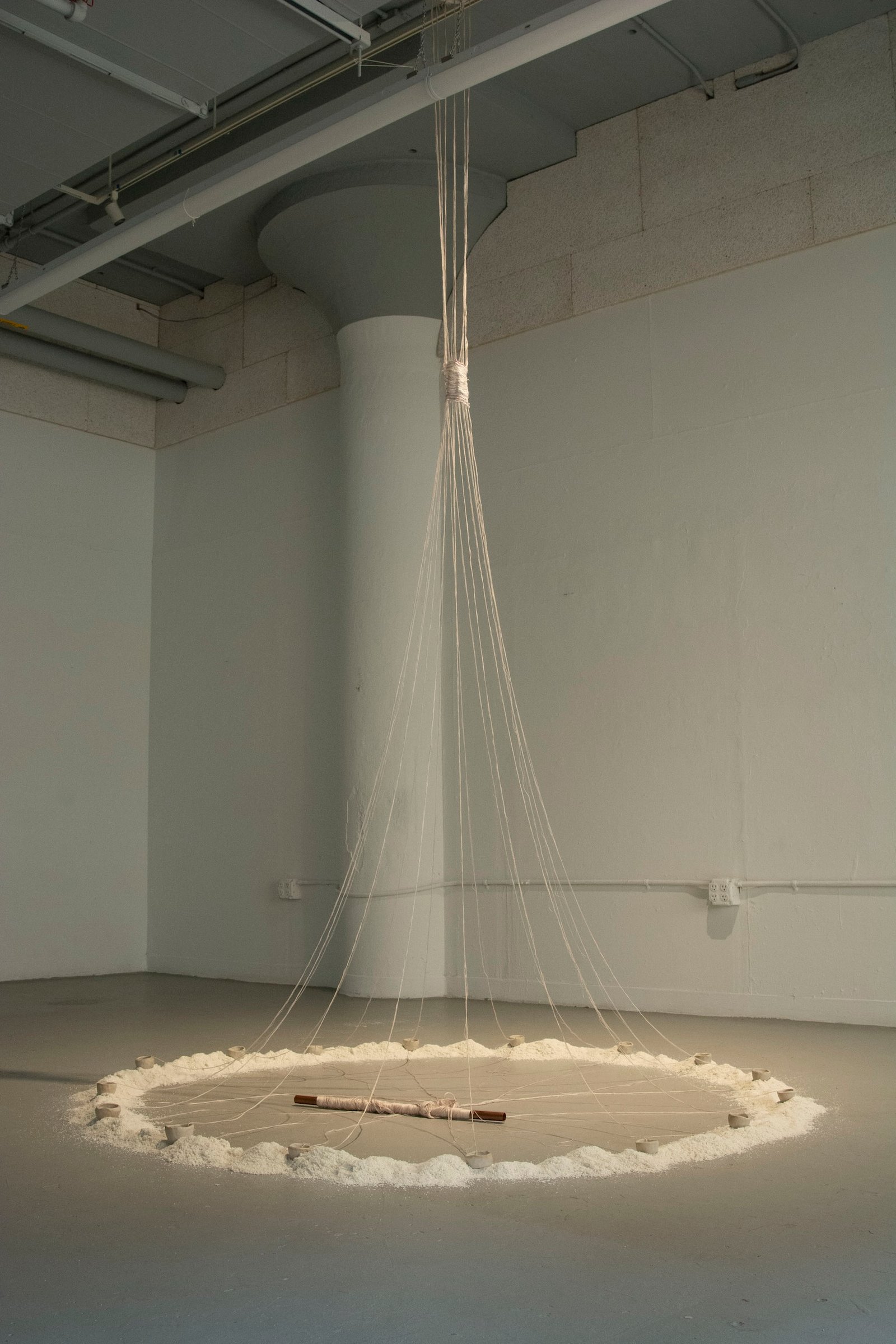Linda Sok, a Sydney-based Australian-Cambodian artist, is carving a unique space in the contemporary art world with her evocative installations and profound explorations of memory, trauma, and cultural identity. Through her deeply personal and tactile work, Sok bridges the gap between the past and the present, creating a dialogue that resonates not only with her Cambodian heritage but also with universal themes of loss, healing, and remembrance.

A Journey of Discovery
Sok’s path to becoming an artist was not straightforward. “Before pursuing art, I completed a Bachelor of Science and majored in Psychology and History & Philosophy of Science,” she shares. Her artistic journey began relatively late; it wasn’t until her final year of high school that she first stepped into an art museum. However, the experience ignited a passion that led her to pursue art with unwavering determination. “I knew I wanted to be an artist and make art no matter what,” she reflects. Today, Sok finds herself in New York, pursuing her art in one of the world’s most vibrant cultural capitals.

Aesthetic and Influences
Linda Sok’s aesthetic is deeply rooted in her Cambodian cultural heritage, yet it transcends traditional boundaries to challenge preconceptions. “My aesthetic is driven by my Cambodian cultural heritage, and I have used materials like Cambodian silk, salt, gold leaf, joss paper, mosquito nets, gold trinkets, imagery of family, traditional ceremonies, old discarded textiles, Cambodian myths, and oral stories,” she explains. These elements allow her to explore themes of resilience and healing in the present day. Visually, Sok’s work straddles the line between craft and fine art, a deliberate choice to question the often rigid distinctions between these realms.
Her installations, such as “Corporeal/Spiritual,” are notable for their use of joss paper—traditionally burned in Cambodian rituals—as a medium to evoke the physicality of memory and the trauma of the Khmer Rouge era. In other works, like her textiles that incorporate materials sewn by her grandmother and aunt, Sok engages in a form of cultural preservation, piecing together fragments of her heritage to construct new narratives.

Art as a Bridge to Healing
For Linda Sok, art is not just a form of expression but also a medium for healing, both personally and collectively. “I am interested in the ways in which materials and objects are able to provide a way for me and others dealing with intergenerational trauma, access to these experiences despite not having experienced the trauma firsthand,” she shares. Her work seeks to create a space where viewers, particularly those who feel disconnected from their culture or homeland, can find resonance and understanding. “If someone who is feeling disconnected from their culture or homeland can resonate with my work, I feel like I have achieved something meaningful,” Sok adds.
Her art is a powerful tool for bridging the gap between past and present, personal and communal, tradition and contemporary life. Through her work, Linda Sok not only honors her family’s history but also contributes to a broader conversation about identity, memory, and the healing power of art.
As she continues to develop her practice, Linda Sok is poised to become a leading voice in contemporary art, not just in Australia, but on the global stage. Her work, deeply rooted in personal history and cultural significance, offers a rare and moving perspective on the intersections of past and present, inviting us all to reflect on the memories that shape our identities.

